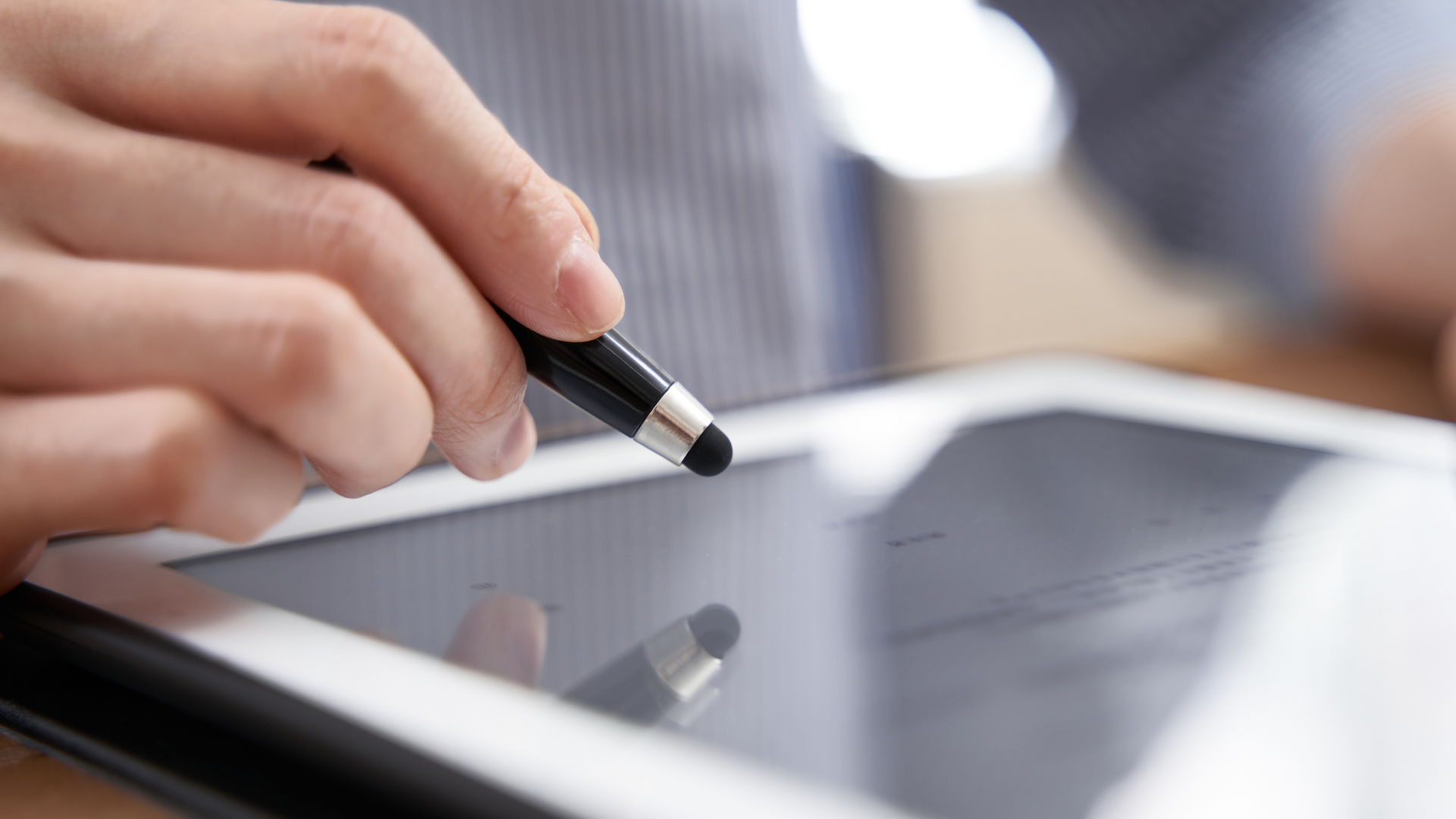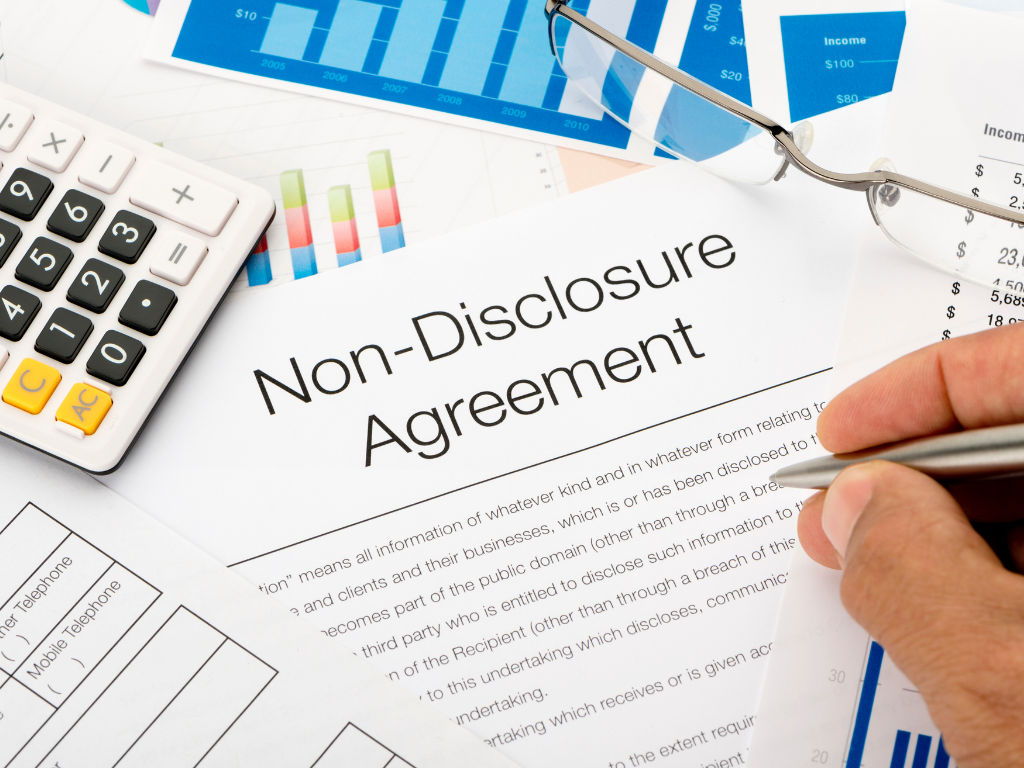The ability to sign a document electronically is no longer just a futuristic concept. It has become an essential part of many day-to-day activities, offering convenience and efficiency for numerous occasions. Many businesses have now adopted the practice of electronic signing as a way of streamlining their processes.
However, the need for proof of electronic signature comes with the convenience of digital signing. This proof is crucial as it provides evidence that the appropriate signatories signed a legally binding document.
This article will discuss the necessary information you need to know about proof of electronic signatures. You’ll also learn how to verify the legitimacy of eSignatures.
Table of Contents
Why Is Proof of Electronic Signature Necessary

Proof of electronic signature is the legal evidence that a document signed electronically is authentic, valid, and binding. It confirms that a document was signed by the appropriate parties using techniques like digital certificates, biometrics, or signer ID verification.
It is necessary to provide proof of signature when a legally binding agreement, contract, or document requires a signature and is delivered electronically. Examples of such situations include signing:
Online records for purchases and e-commerce transactions
A good example of proof of electronic signature is the proof you get when you make an online purchase. eSignatures often confirm the customer’s identity and the sale terms in online transactions. You may receive it in the form of an email, confirmation page, or digitally edited invoice. It is the evidence that you have agreed to the terms and conditions of purchase.
Electronic contracts
Many businesses use eSignatures to sign and execute contracts, such as employment agreements, rental agreements, and loan documents. When signing electronically, the parties involved must provide proof of signature. This could include the signer’s digital code, biometric data captured at sign-up, or a signer ID verification.
Legal documents
eSignatures are common for legal documents such as wills, trusts, and power of attorney. When signing legal contracts or agreements, proof of signature is a must. Depending on the jurisdiction’s laws, this may involve additional procedures such as notarization or wet ink signatures.
Government forms and applications
Many government agencies accept eSignatures on forms and applications, such as tax returns, passport applications, and voter registration forms. In some cases, they may require additional authentication protocols like signing in the presence of a notary or providing extra verification steps.
Healthcare records and consent forms
Various healthcare settings accept eSignatures for signing consent forms and medical records. It is particularly important in the current scenario where social distancing is highly recommended. The documents must contain proof of signature to be legally binding.
The Legal Admissibility of Proof of eSignatures
For an eSignature to be legally admissible, it must be verifiable and linked to the signer. This means confirming the signer’s identity and the signature’s authenticity must be possible. eSignatures that meet these criteria have the same legal standing as traditional, handwritten signatures.
The laws surrounding the legal admissibility of proof of eSignatures vary by jurisdiction. In the United States, the Electronic Signatures in Global and National Commerce (E-Sign Act) and the Uniform Electronic Transactions Act (UETA) recognize electronic signatures as binding and enforceable in court.
In other countries, there are other different regulations. For example, in the European Union, the eIDAS Regulation governs the use of eSignatures at different levels of its legal standing.
Each country has different laws and regulations regarding eSignatures, and it’s always good to consult a lawyer, especially for cross-border transactions.
6 Ways to Prove Electronic Signatures on Business Documents

To confirm the identity of the signer and the authenticity of the signature, here are some ways to prove them on business documents:
- Timestamping: This involves adding a timestamp to the document, which proves when the signature was applied.
- Digital certificates: These are issued by a trusted third party and are used to verify the identity of the person signing the document.
- Signer ID verification: This is a process of confirming the signer’s identity with additional identification methods such as a password, PIN code, or biometric data.
- Biometrics: This involves using fingerprints, facial recognition, or other biometric data to confirm the identity of the person signing the document.
- Hash functions: This involves creating a unique digital fingerprint of the document, which can be used to confirm that the document has not been changed.
- Auditing: Keeping a log of all the transactions and signatures to confirm the document’s authenticity.
Best Practices When Proving an eSignature
Now that you know what proof of eSignature is and the ways to prove it, here are some best practices you can follow when proving them:
- Use a reliable eSignature service provider. Choose a trusted, reliable eSignature provider, like Fill, when signing documents. This ensures that the signature process is secure and that any authentication and verification steps are correctly implemented.
- Follow the relevant regulations. Research and follow the applicable laws, regulations, and guidelines for eSignatures in your jurisdiction.
- Store a copy of the signed document in a secure cloud. Ensure the document is stored in a safe, encrypted cloud storage system to protect against unauthorized access and tampering.
- Generate an audit trail or logs of the document signing process. Keeping a record of all the transactions and activities related to a document ensures that you have proof of signature in case it is ever challenged.
- Get your digital certificates from a trusted third party. To verify the signer’s identity, ensure you get your digital certificates from a trusted third-party Certification Authority (CA), such as GlobalSign.
Following the best practices outlined above and staying up-to-date on the laws, regulations, and guidelines for eSignatures is vital to ensuring your electronic signatures’ authenticity, security, and legal standing.
Fill: The Best Solution For Proving eSignatures

Fill is the best solution for proof of electronic signatures on business documents. Our secure, cloud-based platform provides a complete end-to-end eSignature solution, including the generation of timestamped audit logs and signer ID verification.
With Fill, you can:
- Create your eSignature by either typing, drawing it, or uploading your scanned signature directly from Google Drive or iCloud.
- Verify the signer’s identity by enabling the Require ID verification feature.
- Secure your eSignature with a unique hash that helps make documents tamper-proof and legally certifiable.
- Sign documents on any device or platform, including PDFs and Microsoft Word documents.
- Meet compliance requirements and maintain records with detailed audit logs of the document signing process.
By leveraging Fill’s secure and reliable eSignature solution, you can ensure the validity of your electronic signatures. Try Fill today.




